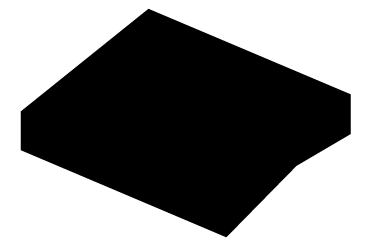
EDUARDO SANTOS
biography:
Eduardo Santos works with gravity the way other artists work with oils or ink. Gravity guides the line and pins down his disparate materials of sand, earth, paint, and varnish. Each layer accretes like sediment. The dense dry texture of sand and the lumpen rivulets formed by earth mixed with paint generate a haptic experience something like standing inside a river cave or being pinned beneath the glassy swell of a wave.
Santos credits his relationship to visceral, highly textural-materials to a childhood spent in the north of Brazil, in a terrain “where the river meets the ocean” and experiences with his grandfather, an indigenous Amazonian potter, Santos would mimic in the clay of the rive's edge. The humility of simple materials; a conflation of the natural and the ‘found’; the tactility of hand-made and rough-hewn things and, ultimately, primal landscapes, all play a role in the artist’s work. This series is also imbued with a strong sense of place. This is not painting about painting, but an invocation of earth, sky, and water influenced by desert journeys in Morocco, South America, and the Antipodes. This new work marks a radical departure from a body of extremely minimal photographic work.
“I have been painting for over two decades. The work was always parallel with other creative practice. Be it a self-imposed apprenticeship or simply a trait of secrecy, the painting has taken the longest of all to release, or consider complete.”
Santos does not underpin his works with a literal or historic narrative. The paintings allude to landscape in a manner that is more palpable than literal. A single work might contain several possible horizon lines and shifting diagonals so that anchoring our place is at times difficult. The palette of cold metallic and mineral blues and greys and earth tones seems deeply aquatic and terrestrial at the same time.
This is not landscape as scene but nature as elemental drama. This is not abstraction as diffusion but full-frontal encounter, and also, in contrast, there is a sense of Repose the dwells in the tonality and metallic frost of his palette. The contemplation is also there: namely in the span of time involved in the artist’s labour-intensive process and in the many layers that constitute each work. These are paintings of tremendous presence and they are visually demanding. It is not quiet work. But the generosity and pent-up energy of every marking serve their own rewards.
